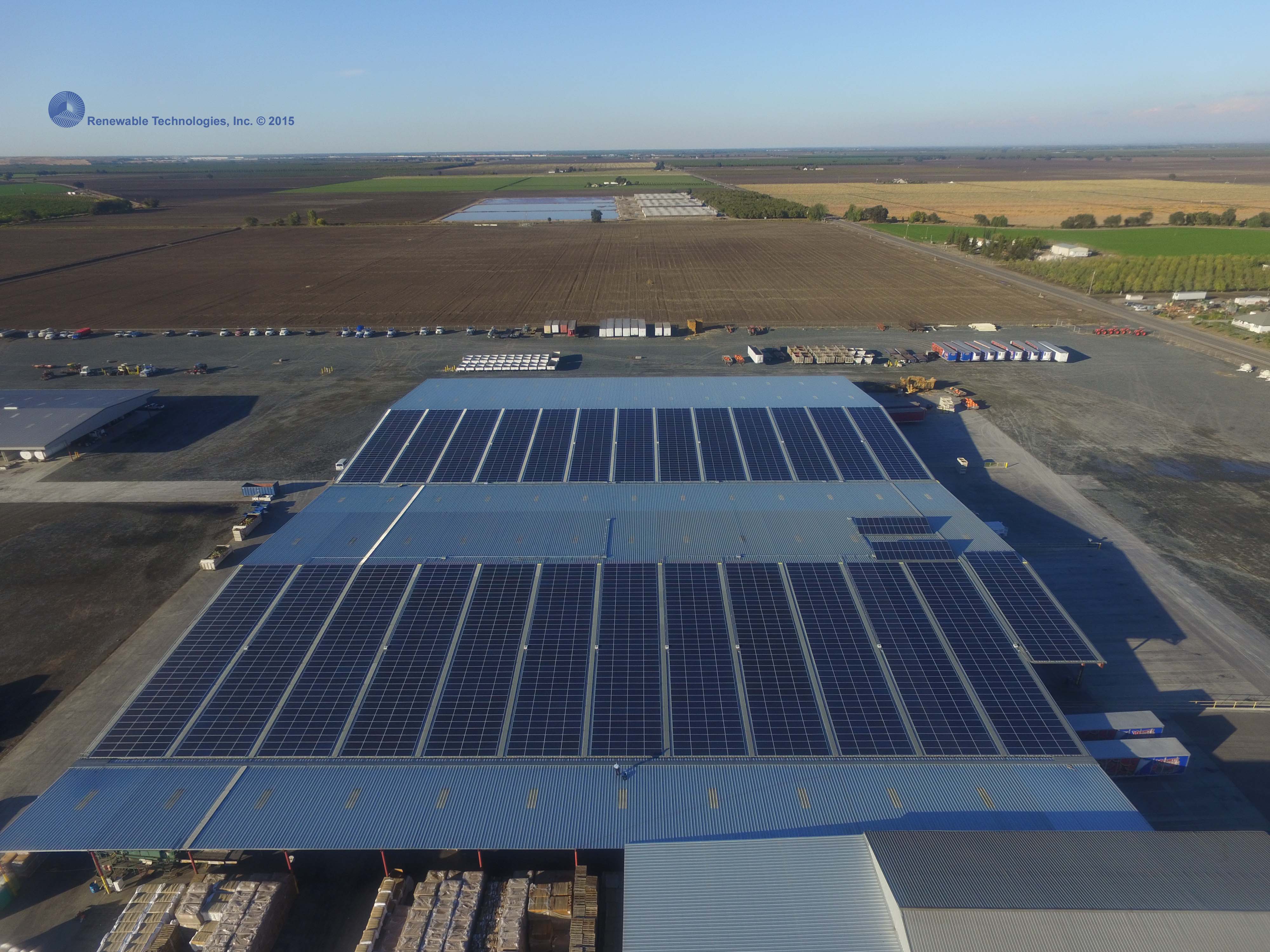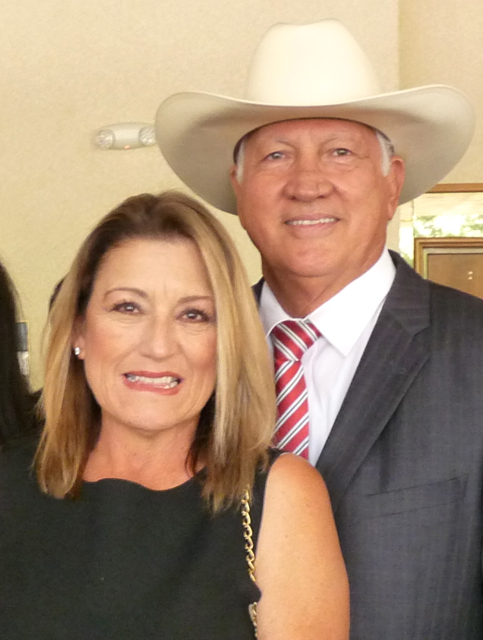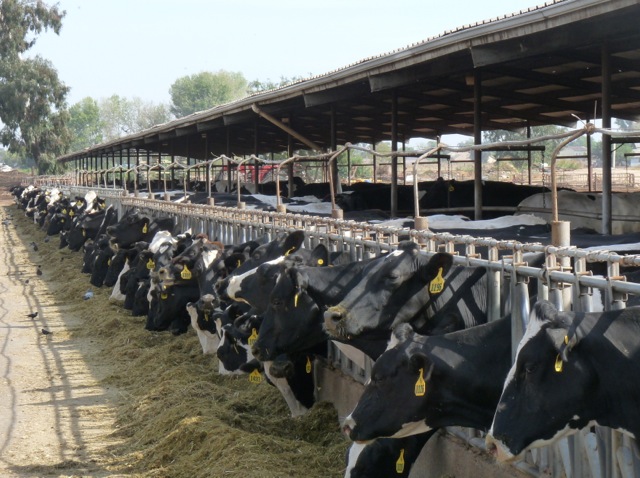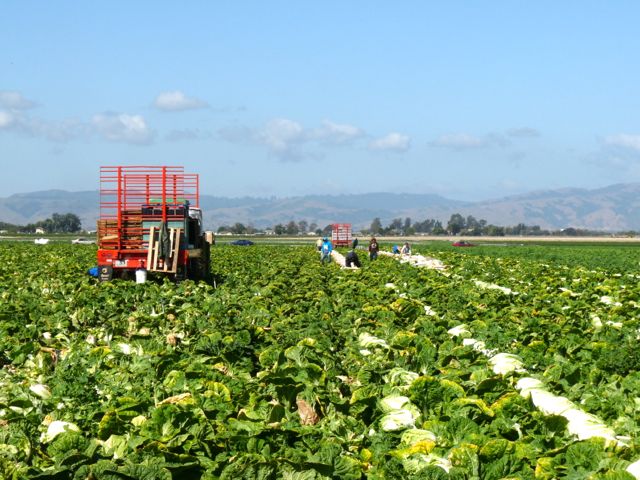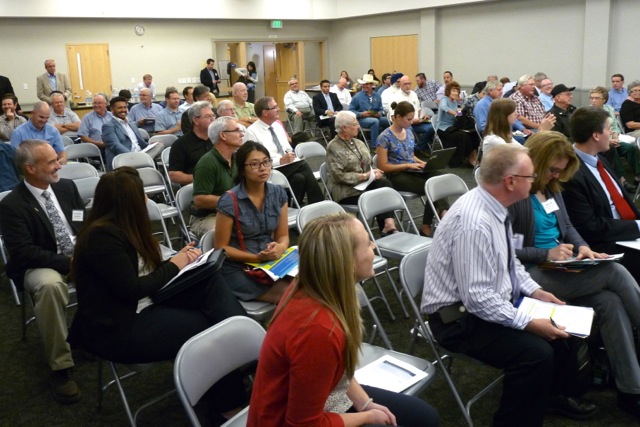Environment
Prather Ranch Receives 2015 California Leopold Conservation Award
Prather Ranch Named 2015 California Leopold Conservation Award® Recipient
SACRAMENTO, Calif. – (November 18, 2015) Sand County Foundation, the California Farm Bureau Federation and Sustainable Conservation are proud to announce Prather Ranch as the recipient of the prestigious 2015 California Leopold Conservation Award®. The award honors private landowner achievement in the voluntary stewardship and management of natural resources.
Prather Ranch, owned and managed by Jim and Mary Rickert, is a working cattle ranch headquartered in Macdoel, and stretches across five counties. Under the Rickerts’ management, Prather Ranch has grown in size, implemented conservation enhancements and established several permanent conservation easements. Over the last 35 years, Prather Ranch has continually collaborated with diverse partners to enhance the land and promote land stewardship in the community.
One of the ranch’s first efforts to promote biodiversity was taking an unusual approach to managing the wild rice fields on their land near Mt. Shasta. After rice harvest, they began tilling the stubble into the soil and keeping their fields covered in water year-round. The practice not only benefited common species of waterfowl such as Canada Geese and Snow Geese, but it also attracted shore birds like plovers and terns, previously found only on the coast.
Through conservation easements in cooperation with the Shasta Land Trust, the Rickerts have preserved some of the state’s most spectacular wildflowers and protected sensitive vernal pools and riparian areas. Prather Ranch has also planted several miles of riparian habitat along streams and irrigation canals to benefit a wide range of animals such as the California Quail and the endangered Shasta crayfish.
Jim and Mary Rickert provide community leadership, working with 4-H, Future Farmers of America, and local schools for ranch field trips and other activities.
Given in honor of renowned conservationist Aldo Leopold, the Leopold Conservation Award recognizes extraordinary achievement in voluntary conservation. In his influential 1949 book, A Sand County Almanac, Leopold called for an ethical relationship between people and the land they own and manage, which he called “an evolutionary possibility and an ecological necessity.”
“Because more than half of all land in California is privately owned, how landowners manage their properties has a dramatic and lasting effect on the environment and quality of life for all Californians,” said Ashley Boren, executive director of Sustainable Conservation. “Since the 70s, Jim and Mary have demonstrated an above-and-beyond commitment to enhancing the land, water and wildlife across a large swath of the state. And, they’ve done it in true Leopold fashion, regarding their land not simply as a commodity that belongs to them, but rather seeing their land as a community to which they belong.”
“The Leopold Conservation Award recognizes unique yet replicable strategies a farmer or rancher has developed in managing their land, to be the best steward of the natural resources,” said Paul Wenger, California Farm Bureau President. “We are honored to join Sand County Foundation and Sustainable Conservation to recognize the extraordinary efforts of California farmers and ranchers who go above and beyond in managing and enhancing our natural resources.”
The Leopold Conservation Award program inspires other landowners through these examples and provides a visible forum where farmers, ranchers and other private landowners are recognized as conservation leaders.
The 2015 California Leopold Conservation Award will be presented December 7 at the California Farm Bureau Federation’s Annual Meeting in Reno, NV. Each finalist will be recognized at the event, and Prather Ranch will be presented with a crystal depicting Aldo Leopold and $10,000.
The award sponsors also wish to congratulate the 2015 finalists for their outstanding contributions to agriculture and conservation: Bruce and Sylvia Hafenfeld, who own Hafenfeld Ranch and manage public lands in eastern Kern County, and Ken and Matt Altman, who own and manage Altman Specialty Plants in Riverside and San Diego Counties.
The California Leopold Conservation Award is made possible thanks to generous contributions from American Ag Credit, The Harvey L. & Maud S. Sorenson Foundation, The Nature Conservancy, Environmental Defense Fund, The Mosaic Company, DuPont Pioneer, and The Lynde and Harry Bradley Foundation.
ABOUT THE LEOPOLD CONSERVATION AWARD®
The Leopold Conservation Award is a competitive award that recognizes landowner achievement in voluntary conservation. The award consists of $10,000 and a crystal depicting Aldo Leopold. Sand County Foundation presents Leopold Conservation Awards in California, Colorado, Kansas, Kentucky, Nebraska, South Dakota, Texas, Utah, Wisconsin and Wyoming.
ABOUT SAND COUNTY FOUNDATION
Sand County Foundation is a non-profit conservation organization dedicated to working with private landowners across North America to advance ethical and scientifically sound land management practices that benefit the environment.
ABOUT SUSTAINABLE CONSERVATION
Sustainable Conservation helps California thrive by uniting people to solve the toughest challenges facing our land, air and water. Since 1993, it has brought together business, landowners and government to steward the resources that we all depend on in ways that make economic sense. Sustainable Conservation believes common ground is California’s most important resource.
ABOUT CALIFORNIA FARM BUREAU FEDERATION
The California Farm Bureau Federation works to protect family farms and ranches on behalf of over 53,000 members statewide and as part of a nationwide network of more than 6.2 million Farm Bureau members.





